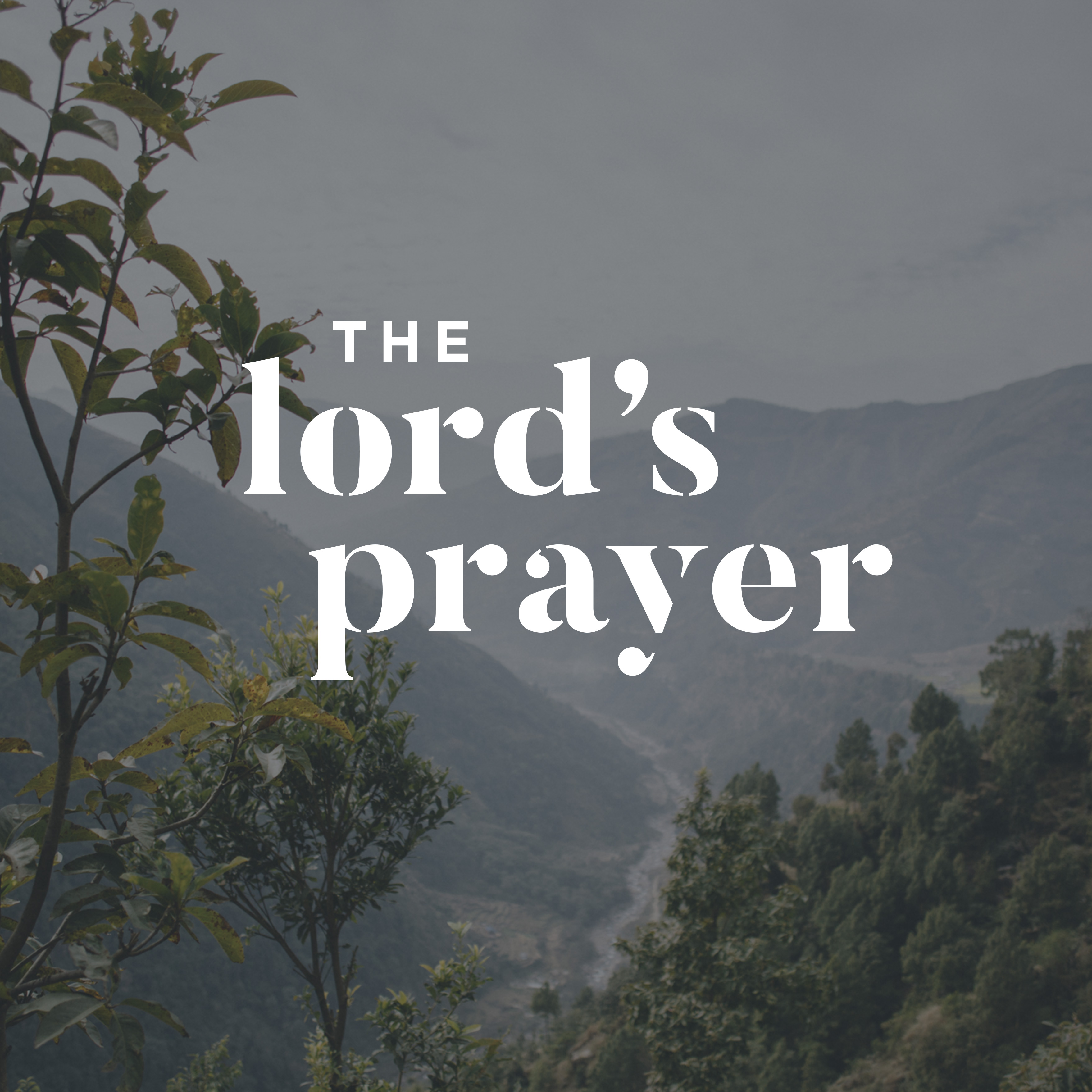

First, we are praying for the coming of the kingdom of God here and now in our everyday lives. The second petition has a twofold meaning. Objectively speaking, God’s name is already holy, but the prayer is asking that God make his name holy to all people through his works and deeds. In the first petition, we are asking that God’s name would be “hallowed” or sanctified. In teaching us to call God “Father,” Jesus also tells us that we have the privilege to call God by the same name he used in his intimate relationship with the Father. When we call God “Father,” it is a reminder for us to live as children in relation with God. It is only as the body of Christ that we can pray to God as Father. When Jesus taught his disciples to pray, he did not teach them to pray “My Father,” but rather “Our Father.” This reminds us that we are God’s sons and daughters together in Christ, not as isolated individuals.

In order to better understand the Lord’s Prayer, it is important to briefly examine each petition. There are three “thy-petitions” (thy name, thy kingdom, thy will) followed by four “us-petitions” (give us, forgive us, lead us not and deliver us). Is there a particular structure to the Our Father?Īfter the initial address to the Father, the prayer itself is composed of seven petitions. When asked by his disciples about how to pray, Jesus taught his disciples the prayer traditionally known as the “Our Father” or “the Lord’s Prayer.” This prayer appears in Matthew 6:9-13 and Luke 11:2-4. One of the main reasons it holds primacy in our faith and is prayed each week in the liturgy is that Jesus himself taught us the prayer.

For most Christians, it is one of the first prayers that everyone learns from a young age. One of the most frequently prayed prayers among Catholics and Christians of other denominations is the Our Father.


 0 kommentar(er)
0 kommentar(er)
